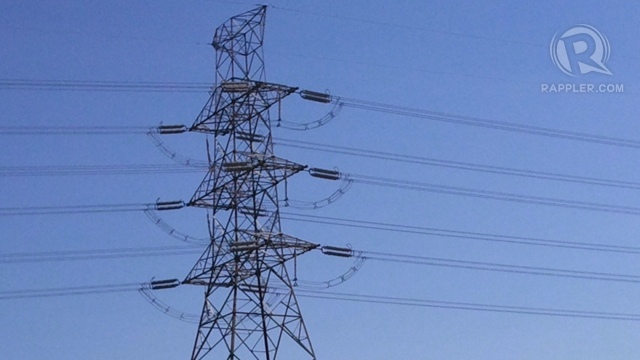SUMMARY
This is AI generated summarization, which may have errors. For context, always refer to the full article.

MANILA, Philippines – There’s one downside to being among the fastest growing economies in Southeast Asia. Energy Secretary Carlos Jericho Petilla is feeling it.
With the Philippines growing better-than-expected at 7.5% in the second quarter, energy demand is expected to shoot up as well.
This means the new power generation plants and additional supply capacities in the pipeline may not be able to meet the vastly increasing energy needs in the near future, particularly in Luzon, Petilla said in an energy forum on Friday, September 6.
“While all of us pray that we hope the country can sustain its strong growth rate, we at the DOE [Department of Energy] are worried,” Petilla said.
It takes up to 4 years to build new power plants. Traditionally, every 1% increase in the country’s economic growth rates translates to a 1.5% increase in energy demand.
“Two years ago, we were looking at a projection of 6.6%. The power plants that are being built now will be finished in two years time. The growth rate then was actually 6% but now it could be more than 7%,” Petilla said.
Economic and population growth are two of the key factors considered in making strategic plans for power supply and demand. A faster-than-expected economic growth tend to translate to more investments in power-hungry industrial operations.
Metro Manila, the biggest power consumer, accounts for roughly 40% of the country’s gross domestic product.
2-hour brownouts
Petilla said the worst case scenario could be rotating brownouts in Luzon during peak hours, or 11 a.m., 2 p.m. and 7 p.m.
“We can solve the power crisis in Mindanao,” he said. Mindanao is already power starved as power investors previously hesitated to open new plants largely due to low power rates.
“In Luzon.… I am not saying we don’t have future power supply, but we have to cope up with the growth rate. There will be [additional capacity] but it is in the wrong time,” Petilla said.
At the most, he said there could be an hour or two of brownouts in Luzon during peak hours. “But we are doing something about it. The good thing about long-term planning, if you already know the problem, is you actually scavenge for every possible resource that you can have and that’s what we’re doing right now,” Petilla said.
Among the solutions being considered are the establishment of an electricity reserve market and gas-fired power plants, which could only take 12 months to 18 months, as well as the rescheduling of maintenance shutdowns at existing power plants from summer months to rainy season.
The establishment of a reserve market needs the green light of the Energy Regulatory Commission (ERC).
“We have to set a policy first because until now the application of PEMC [Philippine Electricity Market Corp.] has yet to be approved by the ERC since it was filed in 2009,” Petilla said.
He is hoping to have the reserve market in place by September 2014. “There’s a slim chance but I’m hoping it will be approved. Why? Because we need to start now.” – Rappler.com
Add a comment
How does this make you feel?















There are no comments yet. Add your comment to start the conversation.